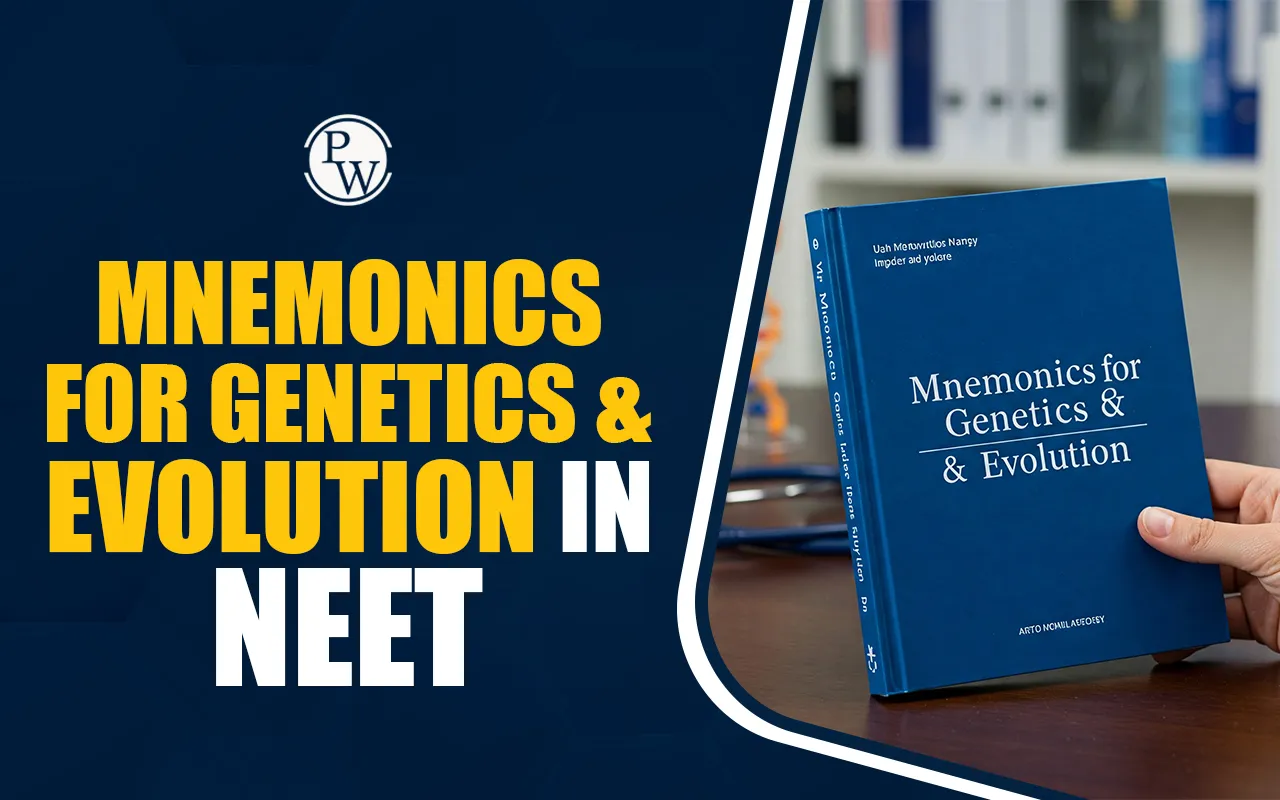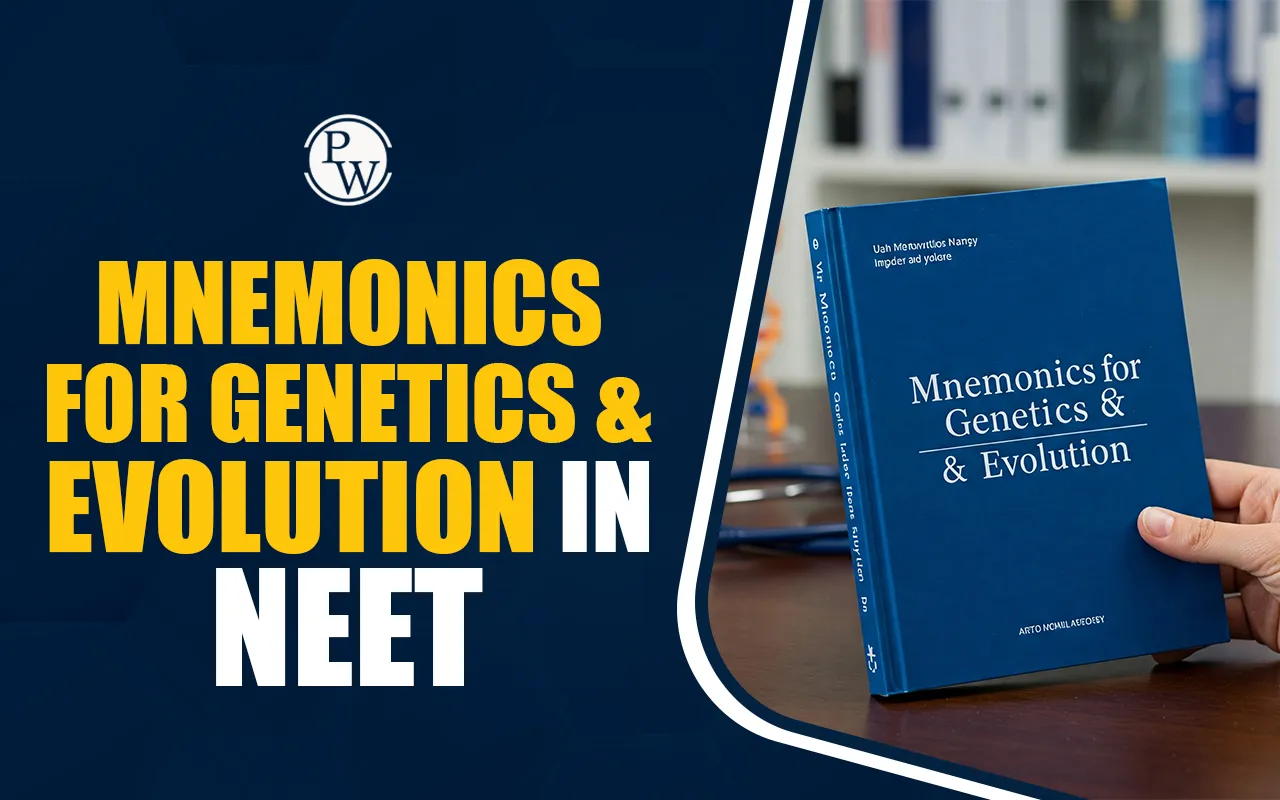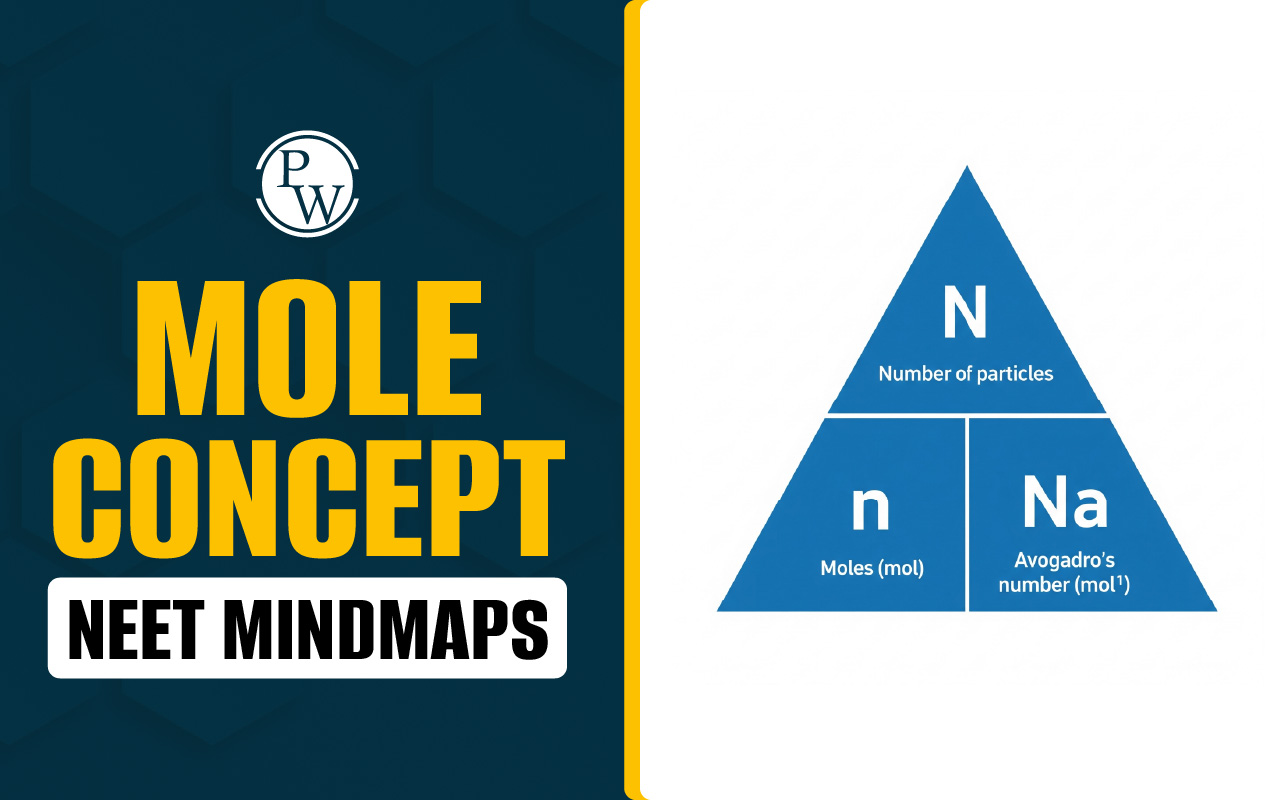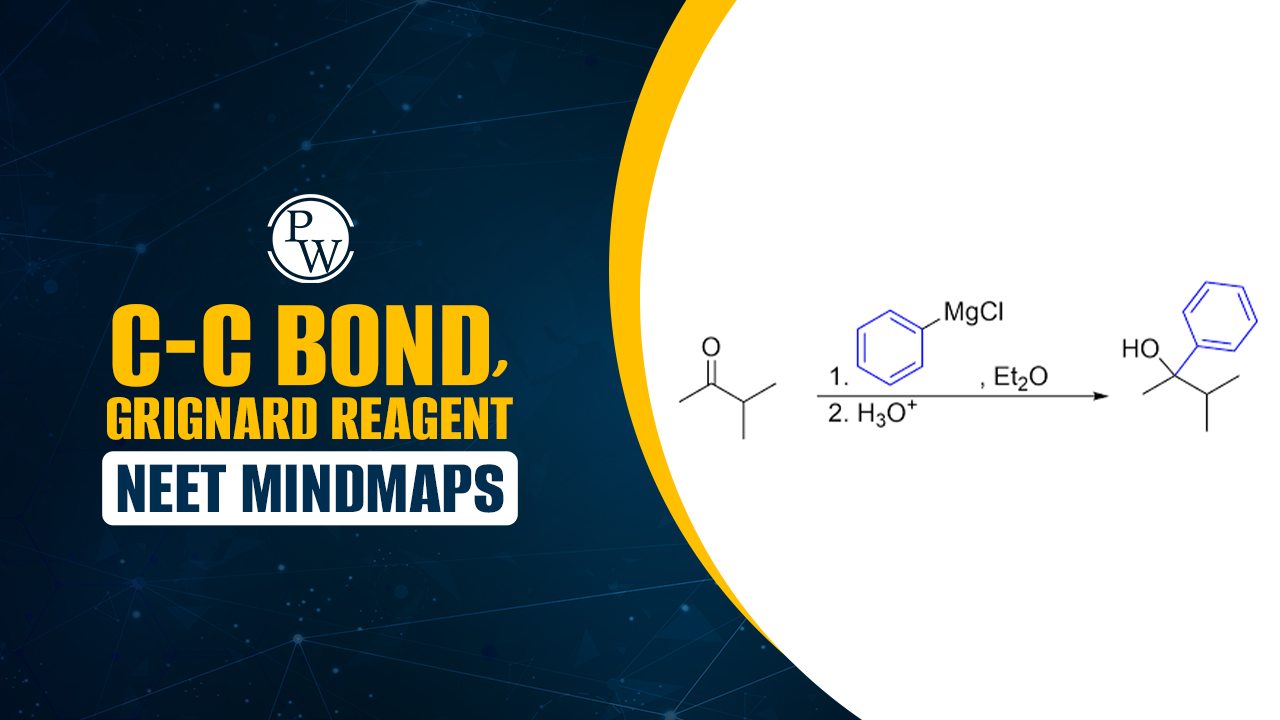

Mnemonics for Genetics and Evolution in NEET: Mnemonics for Genetics & Evolution in NEET are smart and fun memory tricks that help students remember big and hard biology topics more easily. Genetics and Evolution are two very important chapters in the NEET exam. They have many facts, names, and terms that can be difficult to remember. In the NEET syllabus, Evolution carries a weightage of 6% in NEET, while Genetics, which is covered under the chapter “Principles of Inheritance and Variation," has a higher weightage of approximately 10%. These topics are important for scoring well in Biology.
But with the help of mnemonics, you can learn these topics faster and in a fun way. A mnemonic is a short and easy sentence or code that helps you remember something important. So, you will learn the mnemonics for Genetics and Evolution to help you study smarter, save time, and score well in the NEET exam.
Explore - NEET Online Courses
Mnemonics for Genetics and Evolution in NEET Overview
The topic covers helpful mnemonics for important points in the Genetics and Evolution chapters. Key areas include Mendel’s laws, gene expressions, sex-linked traits, chromosome disorders, enzymes involved in DNA work, and types of evolutionary changes.
Each topic is paired with a simple mnemonic to help with quick recall. The article also features a summary table for revision and tips to build personal mnemonics for better memory. These tricks are designed to reduce confusion and save time during NEET exam preparation.
Download Last 5 Years NEET Previous Year Question Papers PDF
Free NEET PYQ PDF
Some Mnemonics for Genetics in NEET
Genetics has many tricky terms and processes. Mnemonics make it easier to remember things like Mendel’s laws, DNA base pairing, and types of inheritanceMendel’s Laws
Gregor Mendel’s principles form the foundation of classical genetics. Mnemonics can help students remember these laws:
Law of Segregation:
Mnemonic: "AMIGO"
-
-
Alleles Move Independently, Generating Offspring.
-
Explanation: This law states that alleles segregate during gamete formation, ensuring each gamete carries only one allele for a trait.
-
Law of Independent Assortment:
Mnemonic: "PALM"
-
-
Punnett’s Assortment Leads to More Variation.
-
Explanation: This law highlights that alleles of different genes assort independently during gamete formation, increasing genetic diversity.
-
Inheritance Patterns
Understanding inheritance patterns is vital for solving genetic problems. These mnemonics simplify key concepts:
Dominance and Recessiveness:
Mnemonic: "DFHT"
-
-
Dominant Factors Hide the Trait.
-
Explanation: Dominant alleles mask recessive alleles in heterozygous conditions.
-
Incomplete Dominance:
Mnemonic: "BLEND"
-
-
Blend of traits – Neither dominant nor recessive.
-
Explanation: In incomplete dominance, the phenotype is an intermediate between two parental traits (e.g., pink flowers in snapdragons).
Co-dominance:
Mnemonic: "SPOT"
-
Spots show both phenotypes on top.
-
Explanation: Co-dominance occurs when both alleles are expressed simultaneously (e.g., AB blood group).
Blood Groups
The ABO blood group system is governed by multiple alleles:
Mnemonic: "ABC – Alleles with Blood Compatibility"
-
Explanation: The three alleles involved are IA (A blood group), IB (B blood group), and i (O blood group). IA and IB are co-dominant, while i is recessive.
Sex Determination
Mnemonic: "XY and ZW – Chromosomes Dictate Gender View"
-
Explanation: In humans, sex determination follows the XY system, while birds use the ZW system.
Mnemonics for Evolution in NEET
Evolution is full of complex stages and species. Using mnemonics can simplify remembering the order of evolution in animals. Here are some mnemonics below to help you:
Human Evolution Timeline
Human evolution involves a chronological sequence of ancestors:
Mnemonic: "DR AHEN id Cardio Surgeon"
-
Dryopithecus → Ramapithecus → Australopithecus → Homo habilis → Homo erectus → Neanderthals → Cro-Magnon → Homo sapiens.
|
Species |
Time Period |
Key Features |
|
Dryopithecus |
20–25 million years ago |
Arboreal lifestyle |
|
Ramapithecus |
14–12 million years ago |
Early human-like features |
|
Australopithecus |
4–2 million years ago |
Bipedal locomotion |
|
Homo habilis |
2.3–1.65 million years ago |
Tool-making abilities |
|
Homo erectus |
1.5–0.5 million years ago |
Use of fire |
|
Neanderthals |
400,000–40,000 years ago |
Adaptation to cold climates |
|
Cro-Magnon |
40,000–10,000 years ago |
Advanced tools and art |
|
Homo sapiens |
~200,000 years ago |
Modern humans |
Horse Evolution
Mnemonic: "Energy Of Mass Means Potential Energy"
-
Eohippus → Mesohippus → Merychippus → Pliohippus → Equus.
Explanation: This mnemonic represents the evolutionary stages from a small ancestor (Eohippus) to the modern horse (Equus), showcasing gradual changes in size and limb structure.
Types of Evolution
-
Divergent Evolution:
Mnemonic: "Same Origin, Different Paths." -
Example: Homologous structures like whale flippers and human arms indicate common ancestry but different functions.
-
Convergent Evolution:
Mnemonic: "Different Origin, Same Function." -
Example: Analogous structures like the wings of bats and insects indicate different evolutionary origins but similar functions.
Key Experiments in Evolution
Miller-Urey Experiment:
Mnemonic: "CH4 + NH3 + H2 + H2O + Sparks = Life’s Start."
-
Explanation: This experiment simulated early Earth conditions to demonstrate the synthesis of organic molecules from inorganic precursors.
Hardy-Weinberg Principle:
Mnemonic: "No Migrants, Mutations, Mating, or Natural Selection."
-
Explanation: The principle states that allele frequencies remain constant in a population under specific conditions (no migration, mutation, random mating, large population size, and no selection).
Prepare for NEET with PW Online NEET Coaching! Our courses offer structured lessons, clear explanations of concepts, and interactive classes to support your NEET preparation effectively
Mnemonics for Genetics and Evolution in NEET FAQs
What is the mnemonic for evolution?
Is evolution important for NEET?
What is the mnemonic for the evolution of horses?
Can I make my own mnemonics?













